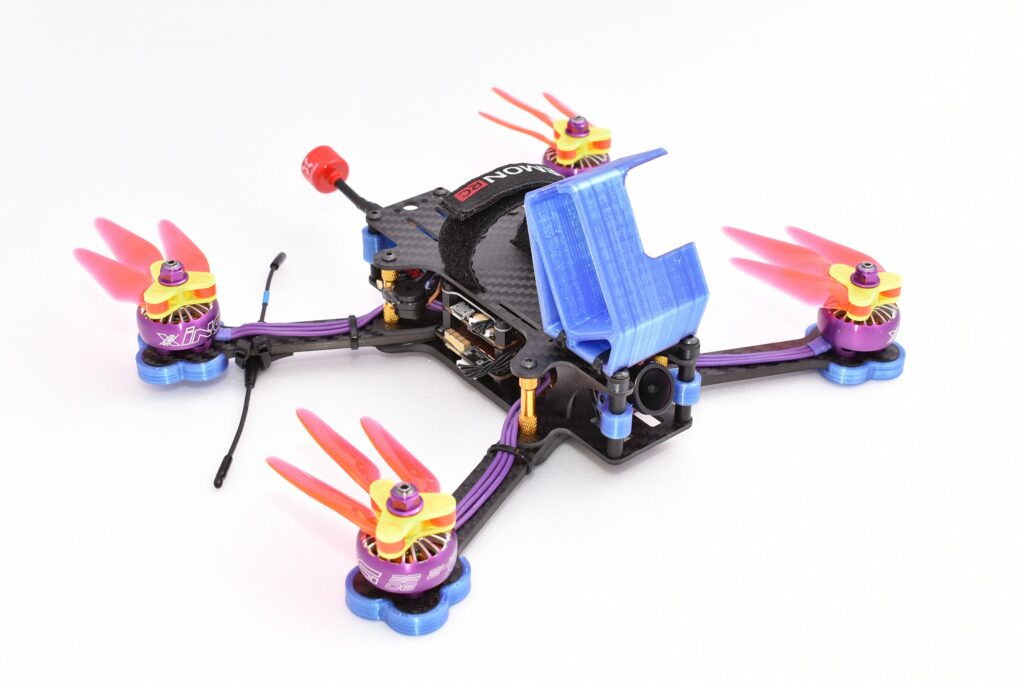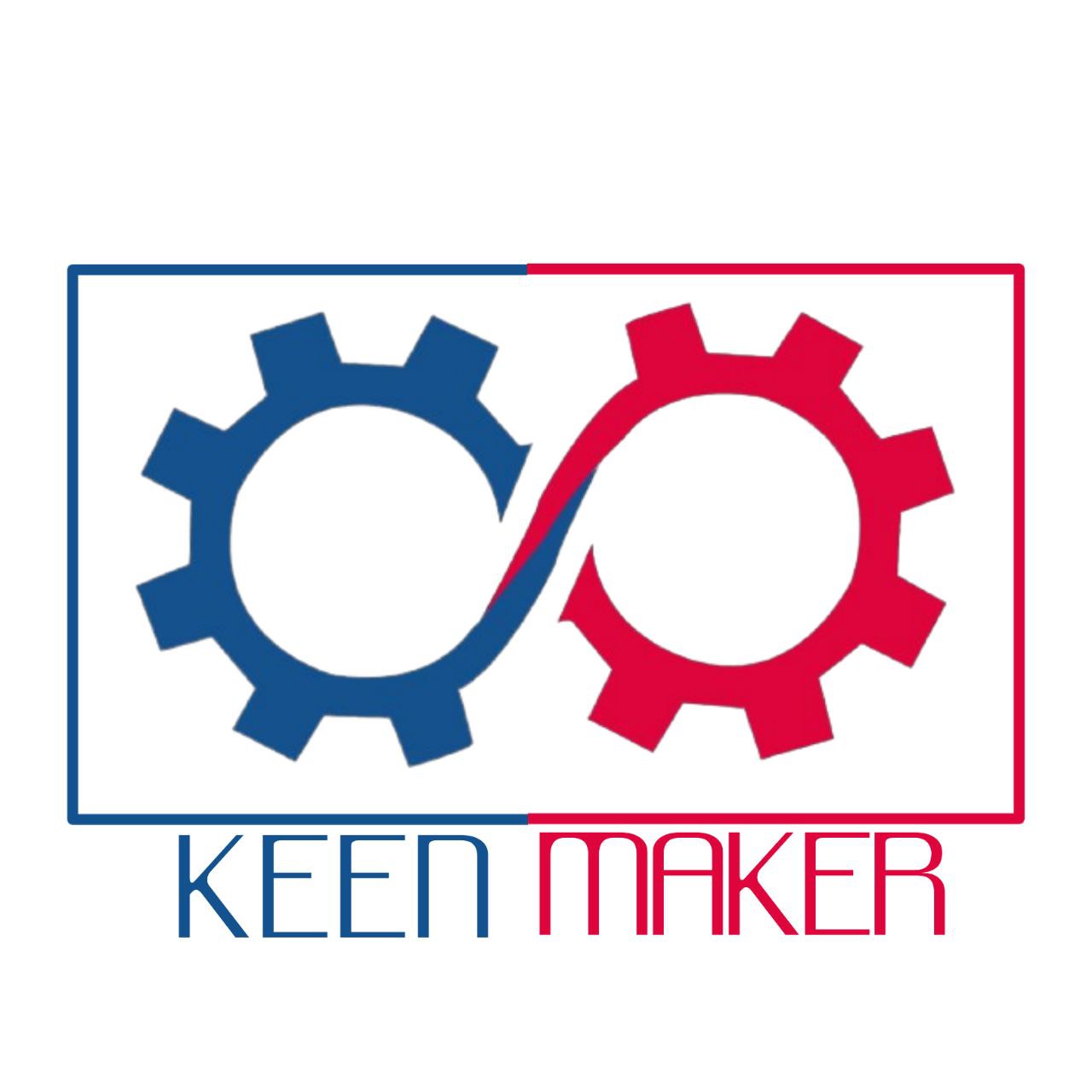
The maker movement has gained tremendous momentum over the past decade, driven by the increasing accessibility and affordability of technology. At the heart of this movement is DIY 3D printing, a revolutionary technology that empowers makers and hobbyists to bring their creative ideas to life. This article delves into the rise of DIY 3D printing, exploring its benefits, diverse applications, and the exciting future it holds for innovation and creativity.
Table of Contents
Understanding DIY 3D Printing
DIY 3D printing involves using desktop 3D printers to create objects from digital designs. Unlike commercial 3D printing services, DIY 3D printing allows individuals to design, modify, and print their creations at home, providing unparalleled freedom and flexibility.
How DIY 3D Printing Works
- Design: Create or download a 3D model using computer-aided design (CAD) software or online repositories.
- Preparation: Slice the model into layers and prepare the 3D printer with the chosen material.
- Printing: The printer deposits material layer by layer, building the object from the ground up.
- Post-Processing: Finish the printed object through cleaning, sanding, or painting.
The Benefits of DIY 3D Printing
The rise of DIY 3D printing has brought numerous benefits, making it an essential tool for makers and hobbyists.
Creativity and Innovation
DIY 3D printing unleashes creativity, allowing individuals to design and produce unique, customized items. Makers can experiment with different shapes, structures, and materials, pushing the boundaries of innovation.
Cost-Effectiveness
Desktop 3D printers and materials have become increasingly affordable, making DIY 3D printing accessible to a broader audience. This cost-effectiveness allows hobbyists to undertake projects without the financial constraints associated with traditional manufacturing methods.
Rapid Prototyping
DIY 3D printing enables rapid prototyping, allowing makers to quickly create and test new designs. This iterative process accelerates innovation and reduces the time between concept and realization.
Learning and Skill Development
Engaging in DIY 3D printing helps individuals develop valuable skills in design, engineering, and problem-solving. It also fosters a deeper understanding of technology and manufacturing processes.
Customization and Personalization
With DIY 3D printing, makers can create personalized items tailored to their specific needs and preferences. From custom phone cases to bespoke jewelry, the possibilities are endless.
Applications of DIY 3D Printing
The applications of DIY 3D printing are vast and varied, spanning across different hobbies and interests.
Home Improvement and DIY Projects
- Custom Fixtures: Print custom fixtures and fittings for home improvement projects, such as drawer handles, light switch covers, and shelf brackets.
- Repair Parts: Create replacement parts for household items, reducing waste and saving money.
Arts and Crafts
- Sculptures and Models: Design and print intricate sculptures, models, and decorative items for arts and crafts projects.
- Jewelry and Accessories: Produce custom jewelry pieces and accessories, experimenting with different materials and designs.
Electronics and Gadgets
- Enclosures and Cases: Print custom enclosures for electronics projects, such as Arduino and Raspberry Pi cases.
- Prototyping: Develop prototypes for electronic gadgets and devices, allowing for quick testing and refinement.
Education and Learning
- Educational Models: Create educational models for teaching complex concepts in subjects like biology, chemistry, and physics.
- Hands-On Learning: Provide students with hands-on learning experiences, fostering creativity and problem-solving skills.
Gaming and Cosplay
- Miniatures and Game Pieces: Design and print miniatures and game pieces for board games and tabletop RPGs.
- Cosplay Props: Create detailed props and accessories for cosplay, bringing favorite characters to life.
The Impact of Online Communities and Resources
The growth of DIY 3D printing has been significantly fueled by online communities and resources that provide support, inspiration, and knowledge sharing.
Online Repositories and Marketplaces
- Thingiverse: A popular platform for sharing and downloading 3D models, offering a vast library of designs for various projects.
- MyMiniFactory: A curated platform with high-quality, tested 3D models, catering to a wide range of interests.
Forums and Social Media Groups
- Reddit: Subreddits like r/3Dprinting and r/functionalprint provide a space for makers to share projects, ask questions, and seek advice.
- Facebook Groups: Numerous Facebook groups dedicated to 3D printing offer community support, project ideas, and troubleshooting tips.
Tutorials and Courses
- YouTube Channels: Channels like Makers Muse and 3D Printing Nerd provide tutorials, reviews, and project ideas for DIY 3D printing enthusiasts.
- Online Courses: Platforms like Udemy and Coursera offer courses on 3D printing, covering topics from basic design to advanced techniques.
Challenges and Considerations
While DIY 3D printing offers numerous benefits, there are challenges and considerations to keep in mind.
Technical Skills
Operating a 3D printer and designing models require a certain level of technical skill and knowledge. However, with the abundance of online resources, beginners can quickly learn and improve their skills.
Printer Maintenance
3D printers require regular maintenance, including calibration, cleaning, and part replacement. Ensuring the printer is in good working condition is essential for consistent print quality.
Material Limitations
The choice of materials can impact the durability and functionality of printed objects. Makers must select the appropriate material for their projects, considering factors such as strength, flexibility, and temperature resistance.
Print Quality and Speed
Print quality and speed can vary depending on the printer model and settings. Balancing print quality with speed is often a key consideration for DIY 3D printing projects.
The Future of DIY 3D Printing
The future of DIY 3D printing is bright, with ongoing advancements set to expand its capabilities and accessibility.
Advancements in Printer Technology
- Multi-Material Printing: Future 3D printers may offer the ability to print with multiple materials simultaneously, enabling more complex and functional designs.
- Higher Resolution: Improvements in print resolution will enhance the quality and detail of printed objects, opening new possibilities for intricate designs.
New Materials and Filaments
- Biodegradable Filaments: Development of eco-friendly, biodegradable filaments will make DIY 3D printing more sustainable.
- Specialized Materials: Advances in materials science will introduce new filaments with unique properties, such as conductive, flexible, or high-strength materials.
Increased Accessibility
- Affordable Printers: As the cost of 3D printers continues to decrease, more individuals will have access to this technology, further fueling the maker movement.
- Educational Initiatives: Integrating 3D printing into educational curricula will equip the next generation with the skills and knowledge to harness this technology.
Integration with Other Technologies
- Augmented Reality (AR): Combining 3D printing with AR will allow makers to visualize and interact with their designs in a virtual environment before printing.
- Internet of Things (IoT): IoT integration will enable remote monitoring and control of 3D printers, enhancing convenience and efficiency.
The rise of DIY 3D printing is empowering makers and hobbyists worldwide, enabling them to bring their creative ideas to life with unprecedented freedom and flexibility. From home improvement projects to arts and crafts, the applications of DIY 3D printing are vast and varied. As technology continues to advance and become more accessible, the impact of DIY 3D printing on innovation and creativity will only grow. By embracing this revolutionary technology, makers and hobbyists can continue to push the boundaries of what is possible, transforming their ideas into reality.
